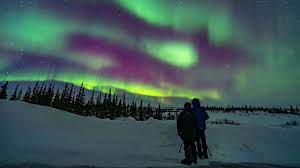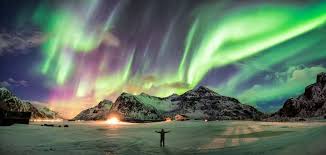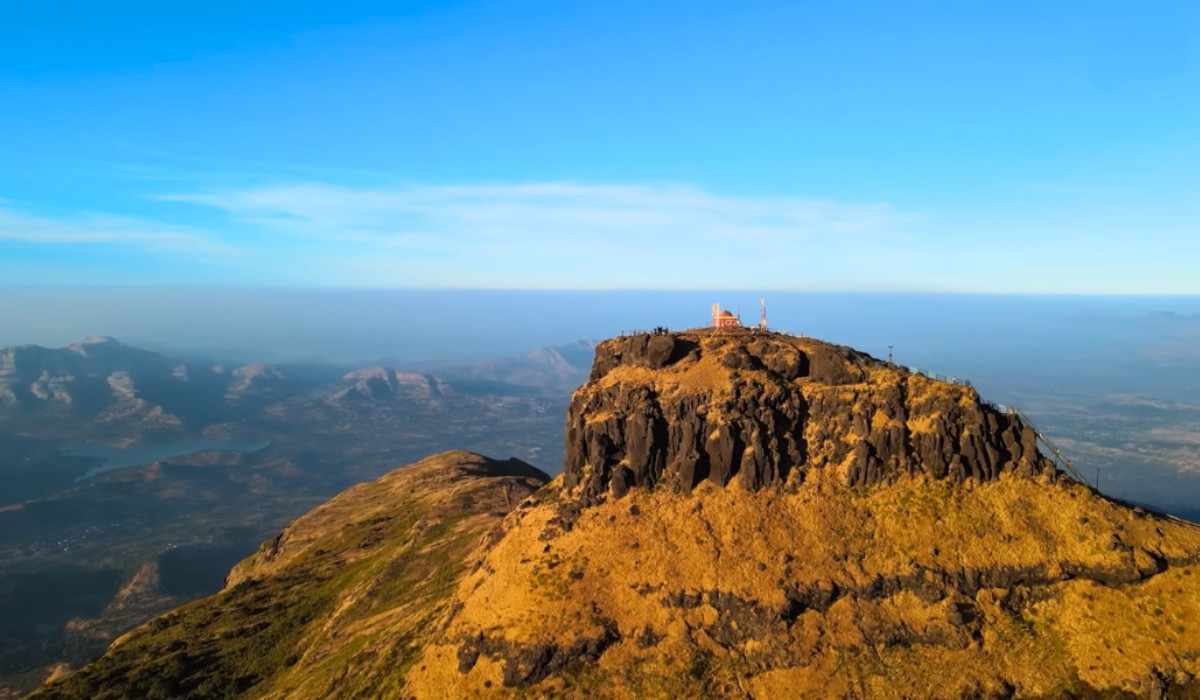What are the northern lights?
Nothing can ruin our joy in the aurora borealis, or northern lights, those ribbons of blue, green and violet light that cascade from the sky. Not even knowing for sure what causes them. Physicists have long speculated about what gives rise to this very specific light phenomenon that occurs in the Earth’s polar regions.
The energy for making the northern lights comes from the Sun. The Sun creates something called the “solar wind”.
An article published in the journal Nature Communications this week suggests that the natural light show starts when disturbances on the sun pull on Earth’s magnetic field. That creates cosmic undulations known as Alfvén waves that launch electrons at high speeds into Earth’s atmosphere where they create the aurora.

How do the northern lights form?
The sun is volatile, and violent events there such as geomagnetic storms can echo out into the universe. In some cases, the sun’s disturbances are so strong that they yank on the Earth’s magnetic field like a rubber band, pulling it away from our planet.
But, like a taut rubber band when it’s released, the magnetic field snaps back, and the force of that recoil creates powerful ripples known as Alfvén waves about 80,000 miles from the ground. As those waves get closer to Earth, they move even faster thanks to the planet’s magnetic pull.
On the same space highway are electrons also traveling toward Earth but not as fast as the Alfvén waves. Sometimes electrons hitch a ride on these superfast Alfvén waves, reaching speeds as high as 45 million miles per hour as they hurtle downward.
When the electrons reach Earth’s thin upper atmosphere, they collide with nitrogen and oxygen molecules, sending them into an excited state. The excited electrons eventually calm down and release light, which is what we see as the aurora.











